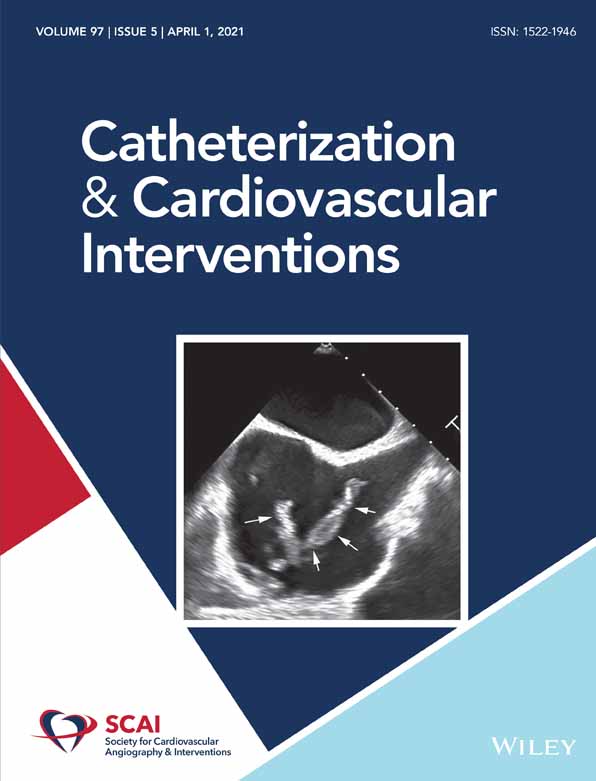Three-year outcome with drug-coated balloon percutaneous coronary intervention in coronary Takayasu arteritis: A case review
Abstract
We describe the first long-term follow-up of a young patient with active Takayasu arteritis who presented with an acute coronary syndrome, treated endovascularly with percutaneous coronary intervention without stenting. A drug-coated balloon was used with high-resolution coronary imaging guidance in the form of optical coherence tomography on a critical ostial left anterior descending coronary artery lesion. A repeat procedure was undertaken after 4 months confirming a durable coronary angioplasty result and the patient remained symptom-free beyond 3 years. Coronary stenting in this population is associated with early and aggressive stent failure. Hence, this is an innovative approach. We believe that the stent, regardless of whether it is first, second or subsequent generation, leaves a permanent foreign body within the vasculature that becomes the seed for inflammatory reactions, resulting in recurrent in-stent restenotic fibrosis irrespective of concurrent immunotherapy or the degree of disease activity.
CONFLICT OF INTEREST
The authors declare no conflicts of interest.




